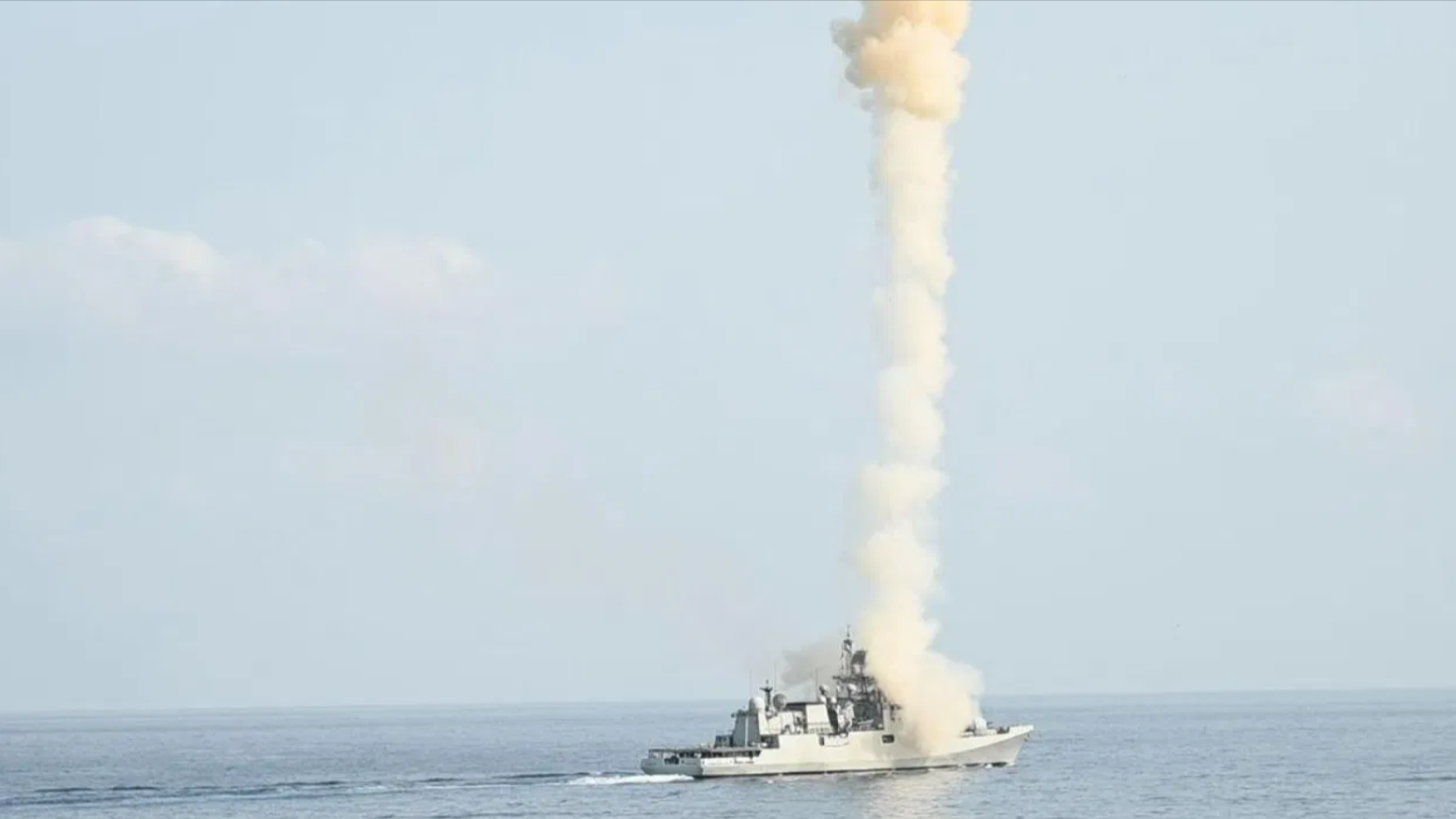
Indian Navy forces have increased their position in the Arabian Sea by conducting repeated anti-ship missile tests during current exercises to maintain readiness. These drills took place inside India’s Exclusive Economic Zone during a time when Pakistan issued missile notifications about the same area. The Navy conducts precision strike capability development operations together with maritime defense activities because regional tensions have increased since the Pahalgam terrorist attack in Jammu and Kashmir. The planned military exercises will run their course throughout the period from May 3, 2025, to the present.
Summary:
-
At present, the Indian Navy executes extensive exercises alongside missile launch operations in the Arabian Sea to test both its preparedness and precise strike abilities.
-
The exercises take place during a tense period of Pakistan relations after a fatal terror attack occurred in Jammu and Kashmir.
Highlights of the News:
-
Operations by the Indian Navy include live weapon test exercises which take place off Gujarat coast as the navy issues safety alerts through green notifications.
-
The BrahMos anti-ship missiles form part of various exercises that need to demonstrate the full precision strike potential of the Indian Navy.
-
The Indian Navy maintains close observation of multiple naval missile firing notifications that Pakistan has released.
-
India intensifies its maritime defense capabilities through navy exercises inside its Exclusive Economic Zone.
-
Growing tensions stem from the Pahalgam terrorist attack where 26 people lost their lives during this time of military operations.
Importance:
-
Strengthening Strategic Deterrence
-
India proves its readiness to prevent regional threats through its armed forces demonstrations.
-
The drills show how Indian maritime capabilities have increased their positioning since Pakistan launched naval drills and China increased its naval presence in the Indian Ocean Region (IOR).
-
-
Boost to Operational Readiness
-
The tests prove correct the readiness of combat systems as well as missile precision and operational response capabilities.
-
The naval operation enhances communication between different service branches which leads to improved inter-service combined operational efficiency.
-
-
Enhanced Maritime Surveillance
-
The system advances current surveillance along with threat identification procedures in major maritime shipping routes.
-
India achieves maritime route security that enables crucial energy and economic trade operations.
-
-
Regional Power Projection
-
Signals India’s blue-water navy capabilities to allies and adversaries alike.
-
The role of India as a net security provider in the Indo-Pacific receives added prominence through these actions.
-
-
Domestic Technological Confidence
-
The naval force supports the testing process and integration of locally built defensive weapon systems such as BrahMos missiles and indigenous missile platforms.
-
The defense manufacturing sector in India will experience both innovation and investment thanks to Atmanirbhar Bharat.
-
Way Forward:
-
Strengthen Indigenous Capabilities
-
Speed up the development of future generation naval systems that include submarines and UAVs along with anti-submarine warfare equipment.
-
DRDO along with Navy should carry out joint efforts to improve advanced missile systems and sensors development.
-
-
Enhance Strategic Maritime Infrastructure
-
A network of forward-operating bases and logistics hubs and island command centers (especially Andaman & Nicobar Command) should be developed.
-
The nation should enhance its strategic port facilities through modernization initiatives on both eastern and western coastline locations.
-
-
Deepen Naval Diplomacy
-
The Navy should hold more exercises under the names of MALABAR, MILAN, and SIMBEX to establish strategic relationships between nations.
-
Naval forces should maintain increased confidence-building measures (CBMs) with their neighboring countries to stop accidents from becoming more severe.
-
-
Expand Surveillance & Cyber Capabilities
-
The Indian Navy must combine space-based monitoring with real-time domain awareness systems and artificial intelligence-based decision platforms.
-
Secure naval digital assets from cyber intrusions and malware attacks.
-
-
Address Environmental & Legal Norms
-
The conduct of naval exercises must follow both laws under UNCLOS and safety measures for the surrounding environment.
-
Compete with transparent measures that prevent wrong interpretations from other countries located near the coast.
-
Conclusion:
These ongoing exercises present the Indian Navy with better operational readiness because India dedicates itself to building strong defense capabilities against changing regional threats. These drills demonstrate the fundamental need for maintaining maritime security within the Arabian Sea because of increasing security and geopolitical developments. Regional stability and national security are key priorities for India as the military operations demonstrate how the country watches its maritime domain and responds to Pakistani and surrounding countries.



 First Tri-Service All-Women Circumnavigation Sailing Expedition Flagged Off
First Tri-Service All-Women Circumnavigation Sailing Expedition Flagged Off INS Sandhayak Visits Malaysia: Strengthening India’s Hydrographic Diplomacy
INS Sandhayak Visits Malaysia: Strengthening India’s Hydrographic Diplomacy India Receives Second GE-F404 Engine for LCA Tejas Mk-1A Jets
India Receives Second GE-F404 Engine for LCA Tejas Mk-1A Jets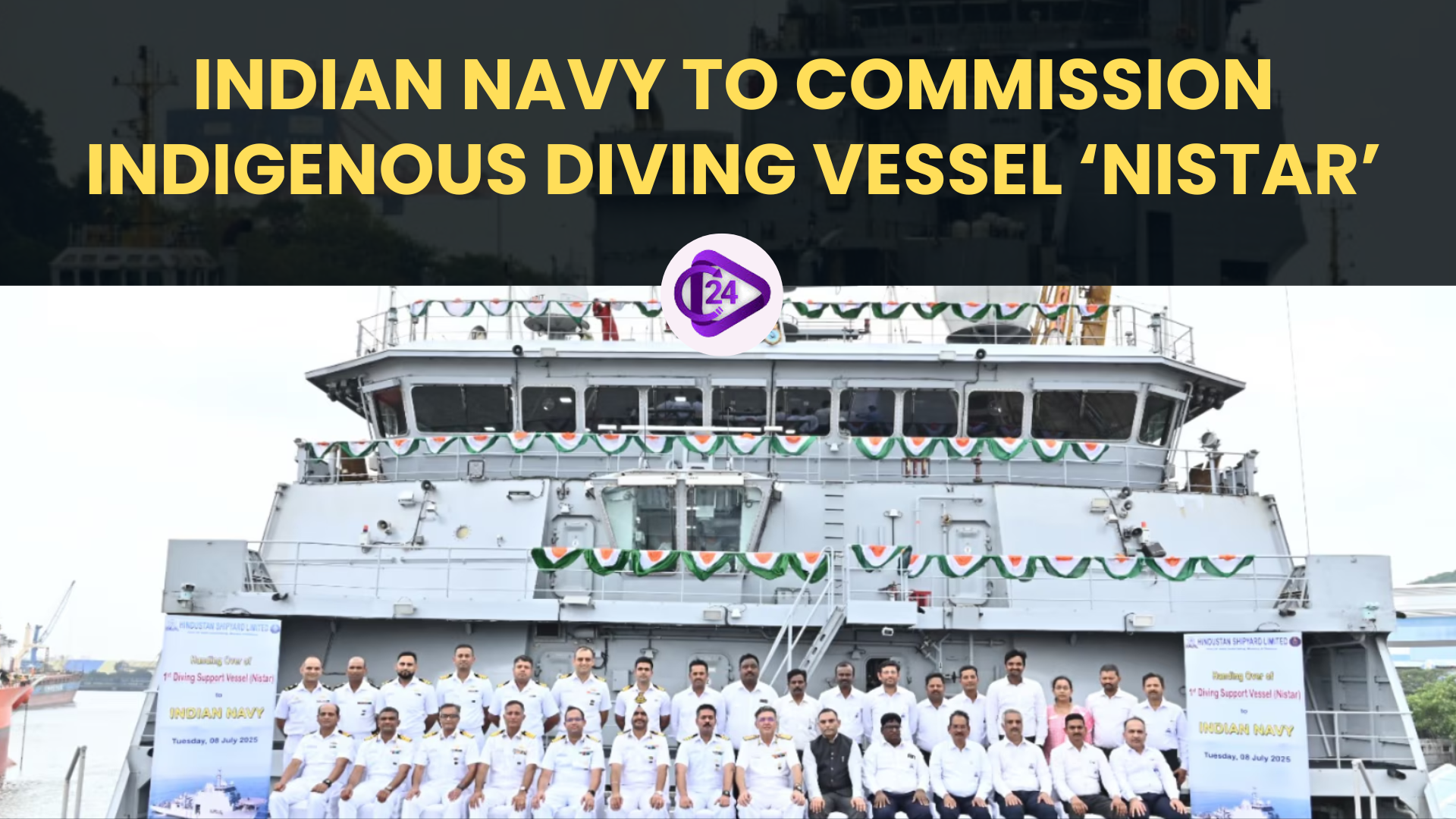 Indian Navy to Commission Indigenous Diving Vessel ‘Nistar’
Indian Navy to Commission Indigenous Diving Vessel ‘Nistar’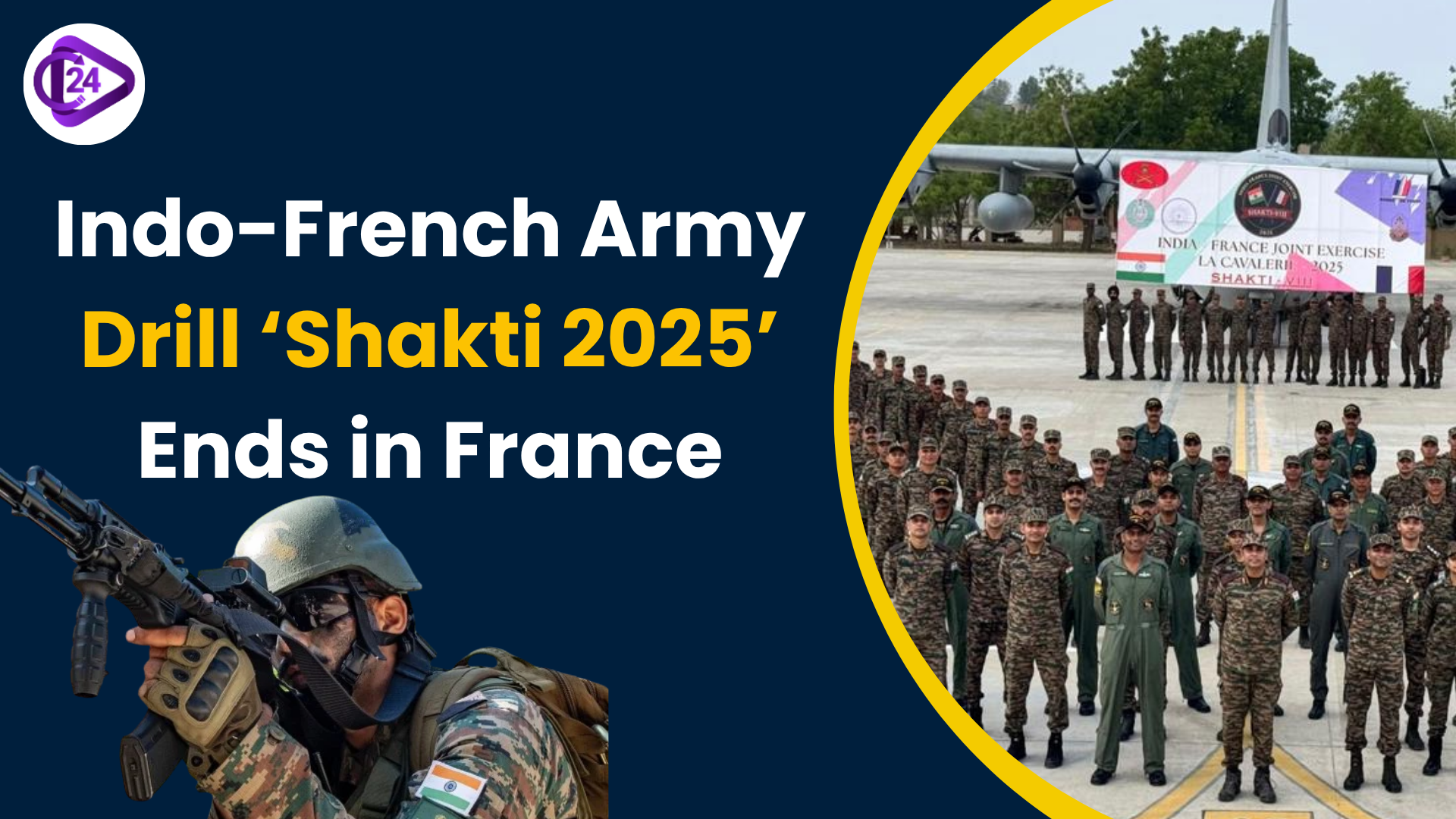 Indo-French Army Exercise ‘Shakti 2025’ Concludes in France
Indo-French Army Exercise ‘Shakti 2025’ Concludes in France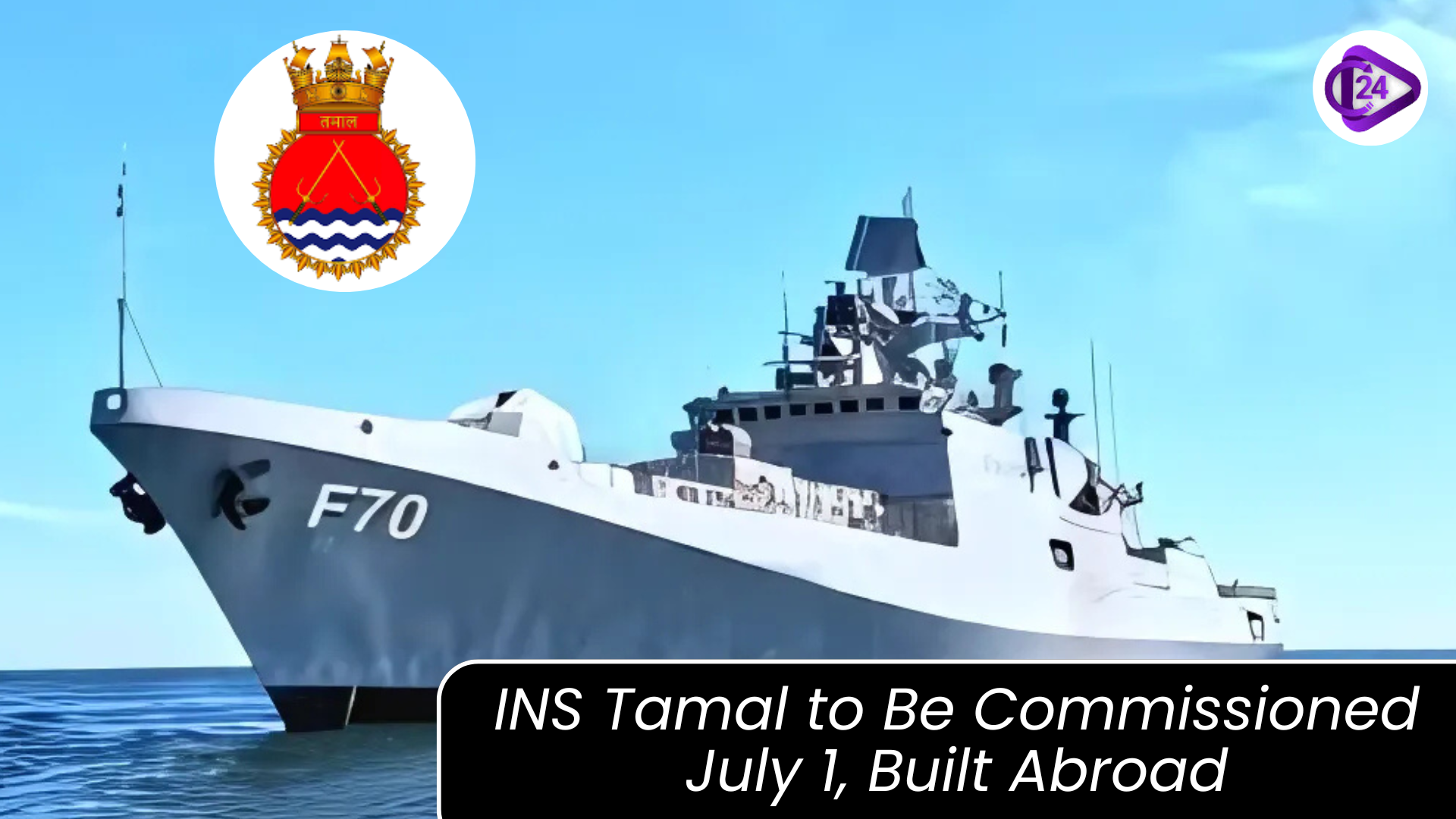 INS Tamal to Be Commissioned on July 1: Last Warship Built Outside India
INS Tamal to Be Commissioned on July 1: Last Warship Built Outside India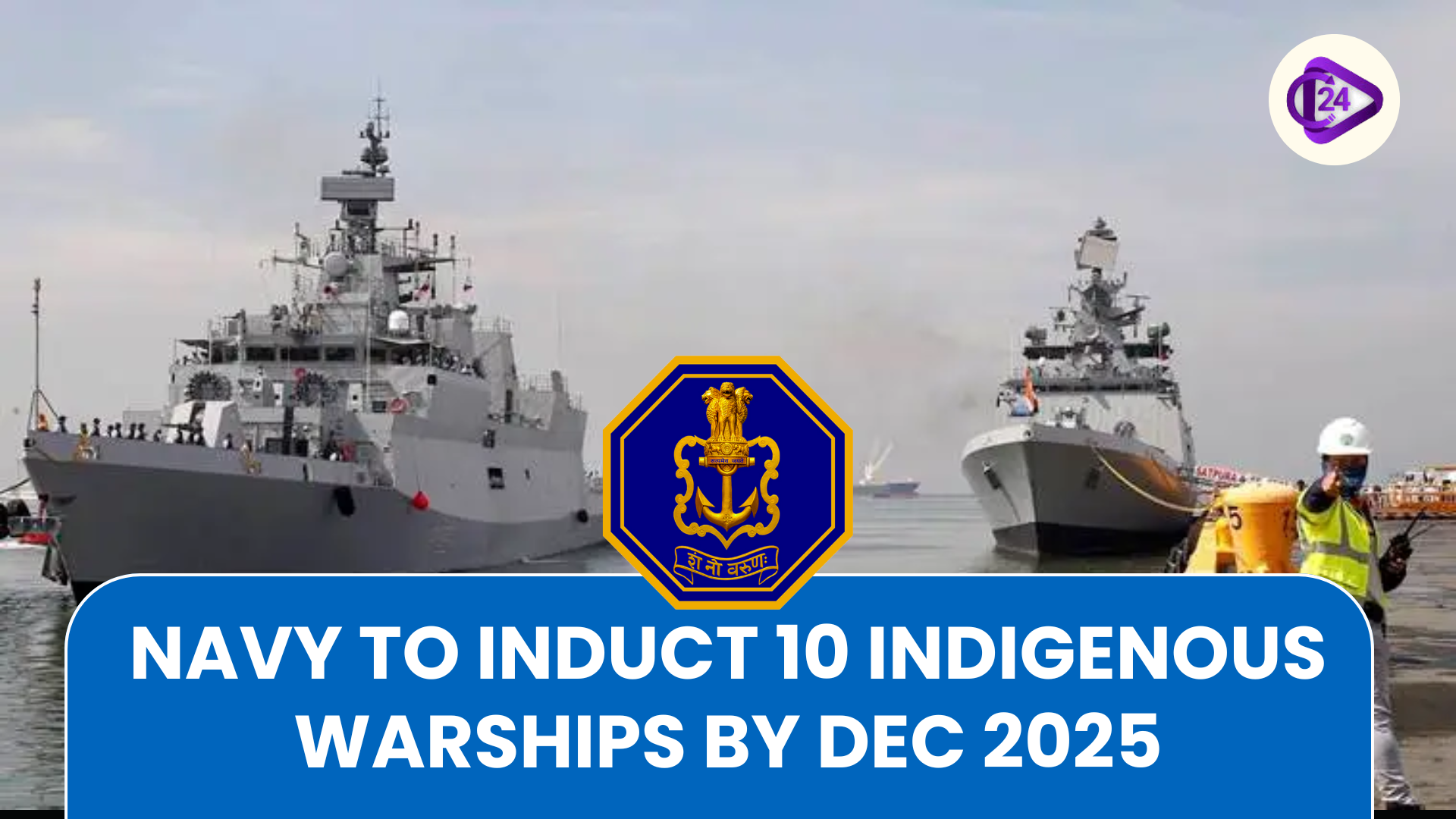 Indian Navy Set to Commission Up to 10 Domestically Built Warships by December 2025
Indian Navy Set to Commission Up to 10 Domestically Built Warships by December 2025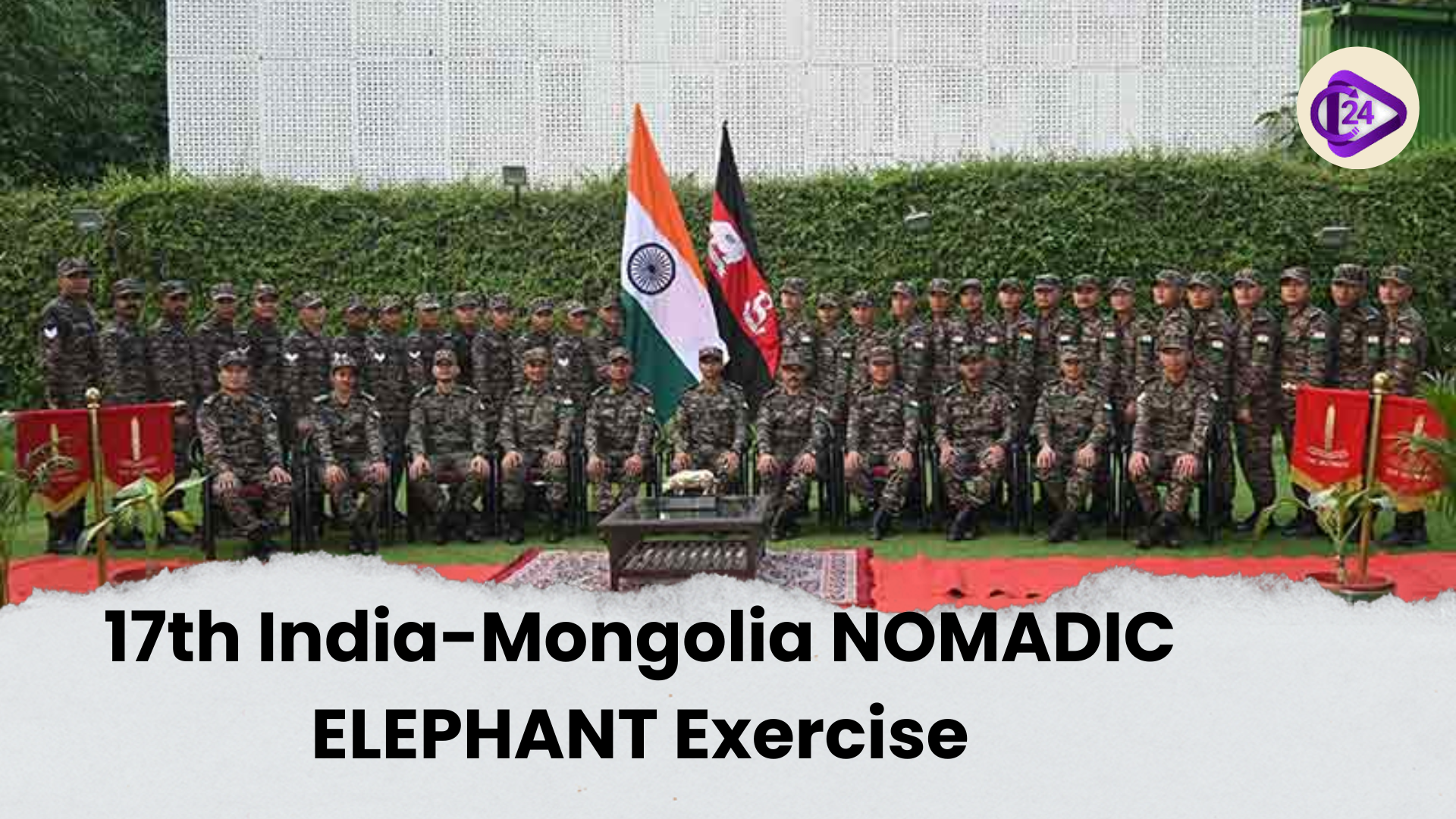 17th India-Mongolia Joint Military Exercise NOMADIC ELEPHANT
17th India-Mongolia Joint Military Exercise NOMADIC ELEPHANT BrahMos Manufacturing Unit in Lucknow to be inaugurated on 11th May
BrahMos Manufacturing Unit in Lucknow to be inaugurated on 11th May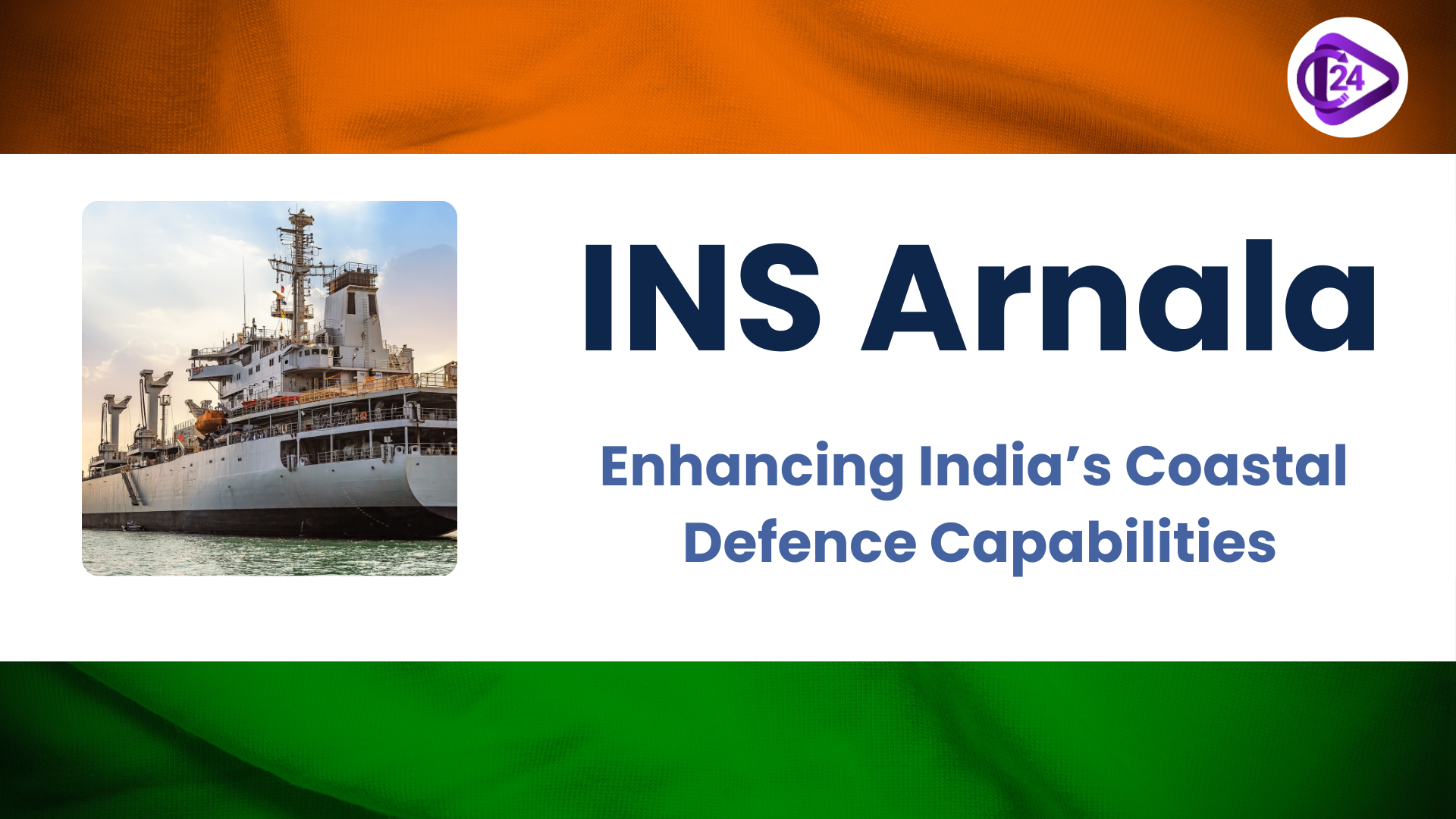 INS Arnala: Strengthening India’s Coastal Defence Capabilities
INS Arnala: Strengthening India’s Coastal Defence Capabilities






